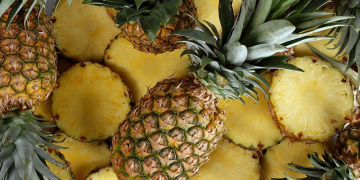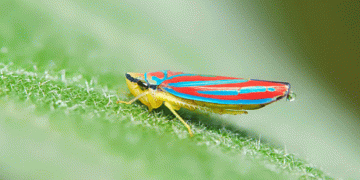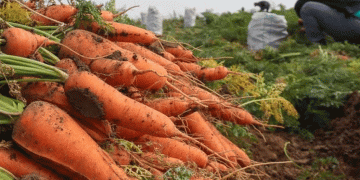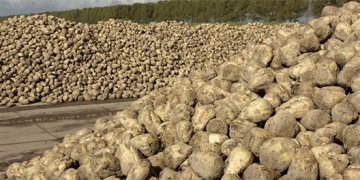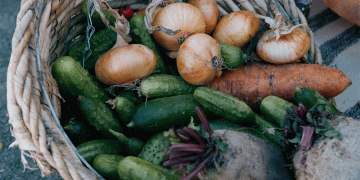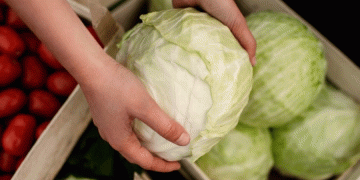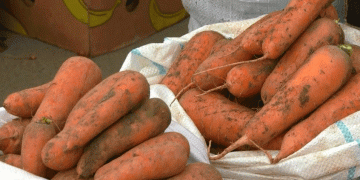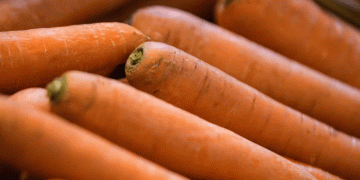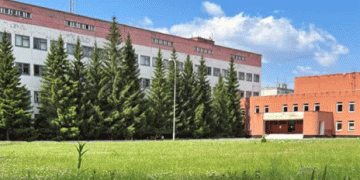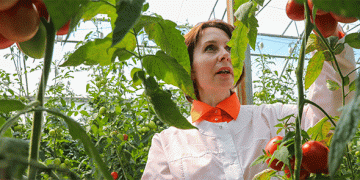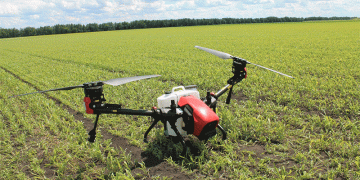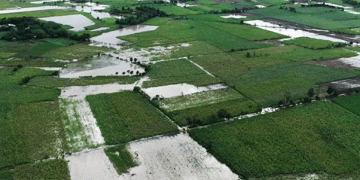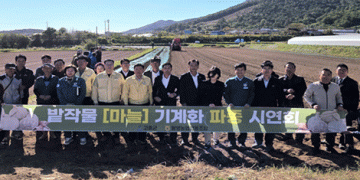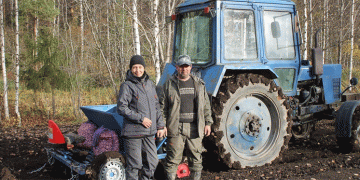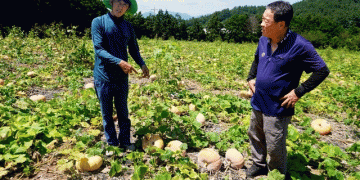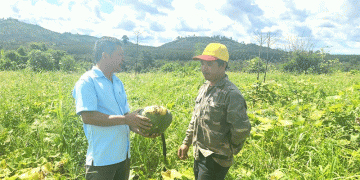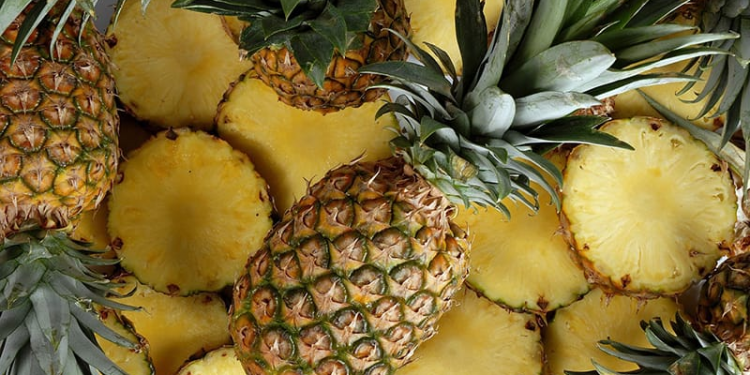Recent data from the Central Bank of Honduras (BCH) reveals a concerning trend: in the first two months of 2025, the country exported only 5.9 million kg of pineapples, worth $3.2 million USD—a significant drop from the 9.5 million kg ($5.2 million USD) shipped during the same period in 2024. This decline follows a broader downward trajectory since 2022, when Honduras set a record with 74 million kg ($40.7 million USD) in exports. By 2024, shipments had fallen to 63.5 million kg, raising questions about the sector’s future.
Global Demand Grows, But Honduras Struggles to Keep Up
According to the UN Food and Agriculture Organization (FAO), the global pineapple market expanded from 3.2 million tons in 2019 to 3.8 million tons in 2023, with a total trade value exceeding $3.2 billion USD. The U.S. and EU remain the dominant buyers, accounting for 84% of global imports, with increasing demand for organic pineapples and the MD2 variety—a key Honduran export.
Despite this, Honduras has not expanded its cultivation areas sufficiently. Data from Pronagro-SAG shows that 92.8% of Honduran pineapples go to the U.S., followed by Belgium and Guatemala. Yet, production constraints—possibly due to climate challenges, rising input costs, or logistical bottlenecks—have prevented the country from capitalizing on this demand.
A Long-Term Decline in Export Volumes
Between 2005 and 2024, Honduras exported over 1.2 billion kg of pineapples, generating $539 million USD. However, the recent slump suggests structural issues:
- 2022: 74M kg ($40.7M)
- 2023: 67.7M kg
- 2024: 63.5M kg
- 2025 (Jan-Feb): 5.9M kg ($3.2M)
What’s Next for Honduran Pineapple Producers?
To reverse this trend, stakeholders must consider:
✔ Expanding sustainable and organic production to meet EU/U.S. preferences.
✔ Investing in agtech and precision farming to boost yields without expanding land use.
✔ Improving supply chain efficiency to reduce post-harvest losses and shipping delays.
While global pineapple demand is rising, Honduras risks losing market share if it doesn’t address production and export challenges. Farmers, agronomists, and policymakers must collaborate on sustainable intensification, diversification, and value-added strategies to regain competitiveness in this lucrative market.
